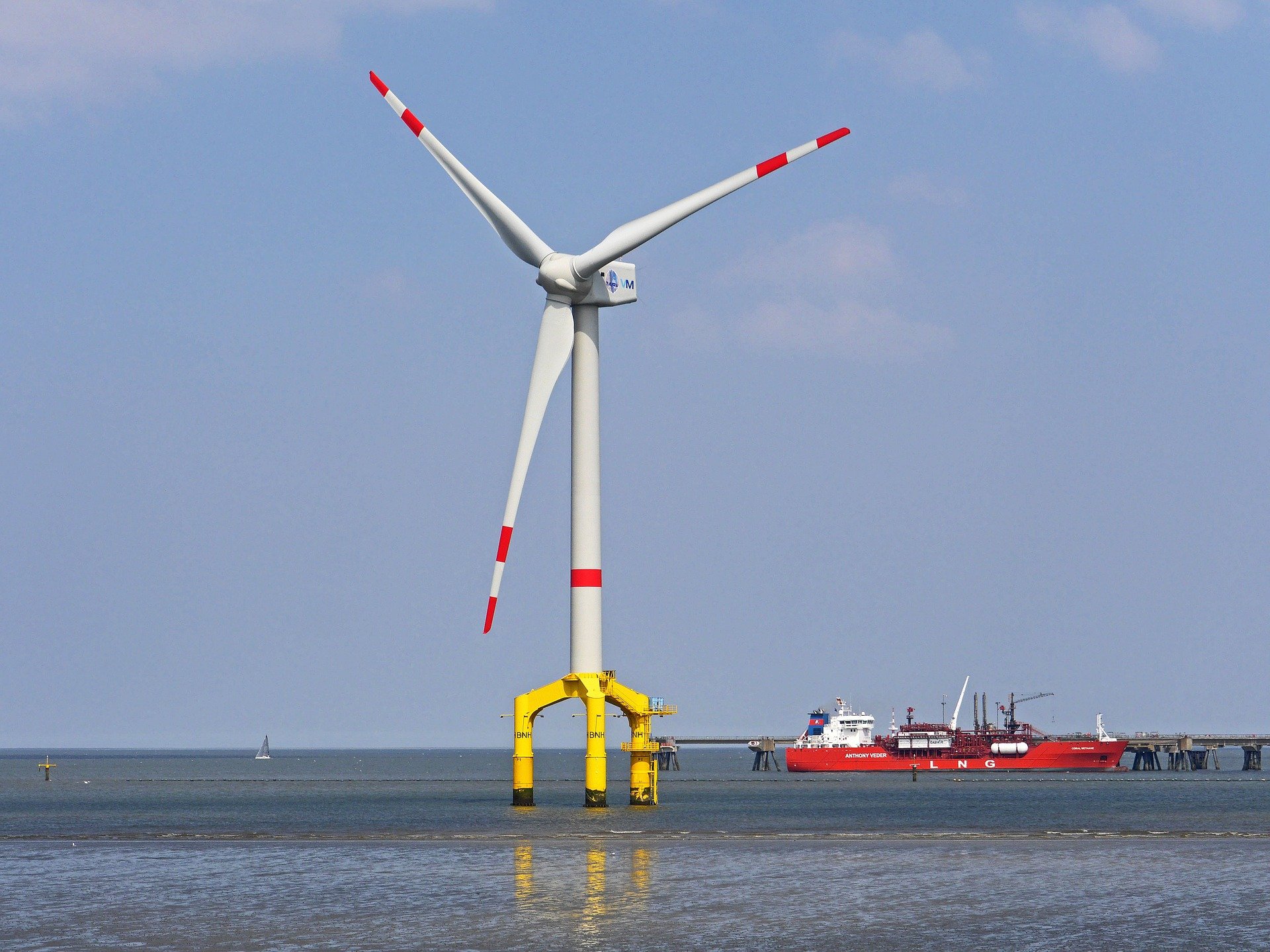The energy sector is moving towards a net-zero carbon emissions goal, but there are questions about whether it is moving fast enough.
Governments and companies have set themselves ambitious targets to meet carbon budgets.
In order to achieve these goals we expect to see widespread innovation and implementation of low carbon technology, as well as continuing innovation and focus on improving efficiencies in traditional energy sectors.
According to the IEA’s Special Report on Clean Energy Innovation (2020), a number of the key technologies necessary for the energy sector to reach net zero emissions are around today, but not all are in a position to deliver on the net zero goal.
Photovoltaic technologies are seen as key to providing for our global energy demand in the future. While some of these technologies are well-established, a number of technologies considered central to future solar power generation— such as perovskite and organic thin film solar cell technologies — are not yet considered ready for widespread implementation. These are areas where we may see a substantial growth in technological innovation over the coming years.
In the UK, offshore wind is central to the government’s future plans with Boris Johnson pledging that offshore wind farms will generate enough electricity to power every home in the UK within a decade. Despite offshore wind being a mature technology, continuing innovation and increased focus over the coming years is likely to improve capacity and efficiencies in this field.

Significant innovation is also likely in the use of offshore wind turbines to generate hydrogen in “green hydrogen” systems. Green hydrogen is seen as having massive potential in allowing countries to achieve net zero, and this is certainly an area in which significant technological developments and increased availability are likely.
There is no single or simple solution to putting the world on a sustainable path to net zero. Reducing global CO2 emissions will require a broad range of different technologies working across all sectors of the economy in various combinations and applications. One thing that does appear certain is that innovation will play a central role in achieving our emission goals.
Impact of Covid-19
Covid-19 has added to the challenges faced by governments and companies by shaking up the energy market. At this stage it is not yet clear whether this will set the renewables energy market back, or act as a catalyst for growth.
Countries going through a full lockdown in mid-April 2020 experienced an average 25 per cent decline in energy demand per week and countries in a partial lockdown an average of 18 per cent. The resulting global emissions drop garnered much public attention and, in many sectors, an appetite for a green recovery.
However, as the inevitable economic slowdown followed the various lockdowns around the world, investments and commitments to renewable platforms and renewable sites were often withdrawn. This withdrawal of outside investment is particularity detrimental to the renewables industry as it is historically one that relies heavily on support grants and external investments, far more so than traditional energy generation sector. The withdrawal of such support could have significant achievability implications for the net-zero target.
It is clear that fossil fuels will still be used for the foreseeable future and will form a critical part of meeting our increasing energy demands. However, beyond environmental and social sustainability, financial incentives for companies to invest in low-carbon energy technologies have been made even clearer during the Covid-19 pandemic and resulting economic downturn. Many traditional energy companies already have a significant focus on renewable energy and have made great strides in increasing the sustainability of the current energy system, as well as developing renewable technologies. Recent events are likely to further reinforce this strategy.
The sharp decline in oil prices caused by the Covid-19 crisis has prompted an increased focus, both of companies and governments, on renewable energy sources. Companies and governments want energy security in addition to sustainability, and given the current landscape within the oil and gas market, implementation of low-carbon technology looks like a good way of providing this security.
A recent report issued by the International Renewable Energy Agency (IRENA) indicates that this year may be a tipping point in this regard – foreign direct investment in renewable energy reached an all-time high in the first quarter of 2020, surpassing that in oil and gas. It is important for government policy to support investment in renewable energy and it may be that recent events increase governmental support in this area.
Significance of IP
The same report by IRENA emphasises the importance of investment in innovation to support renewables growth. As a central part of the innovation ecosystem, patents can help ensure that innovative companies can protect their R&D investment.
It is often critical to renewable energy technology companies to protect their investment in R&D and patents provide this. Although in times such as these, when budgets are stretched, it can be tempting to neglect IP protection, there are a number of ways to safeguard your innovations while managing costs. Options for cost management include innovative patent prosecution strategies, portfolio reviews and monetisation, and prioritisation of key technologies.
Patents are a key asset to any company looking to attract outside investment. A solid IP portfolio is often what first attracts investors, enhancing investor confidence and value in the business. By securing IP rights, companies pave the way to secure investment and allow further innovation in the future – while those that do not risk causing decades of damage to their market position.
By Daniel Sizer, senior associate at Marks & Clerk

Be the first to comment on "Energy sector today"